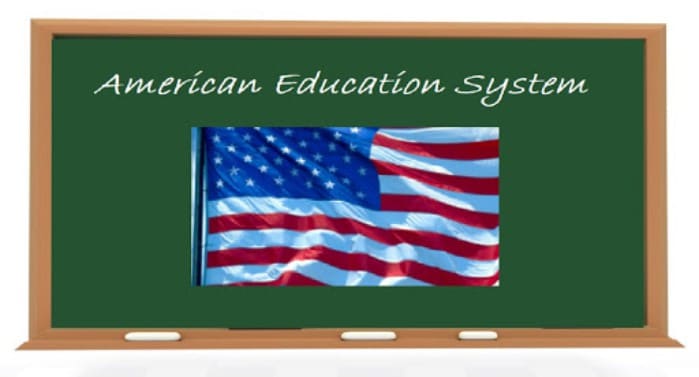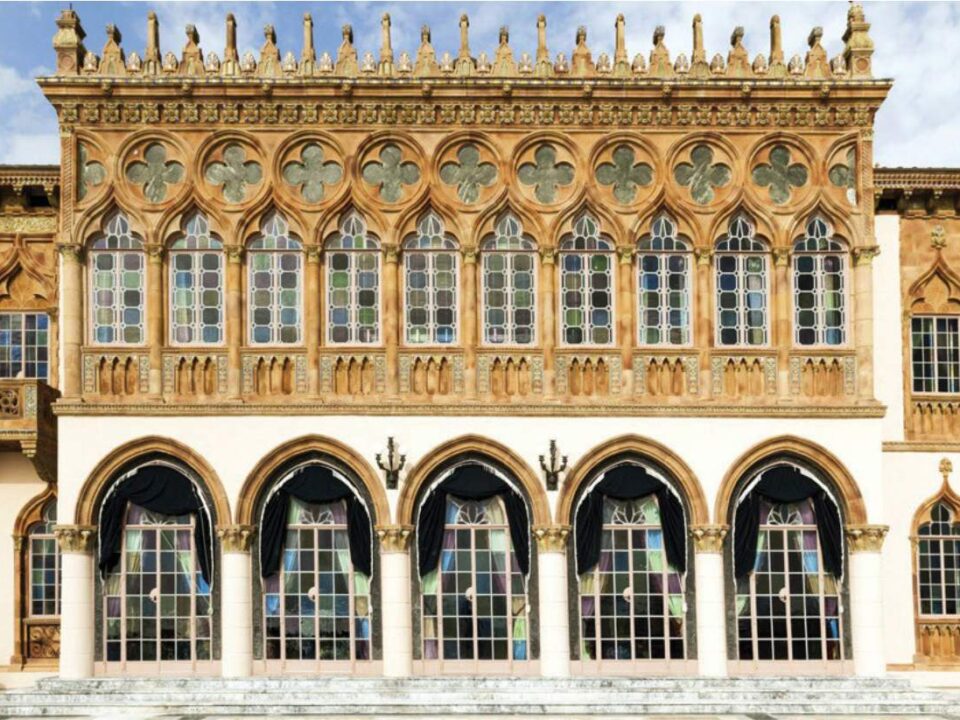
Blindagem de Estofados
26 de fevereiro de 2020
Uma viagem pelos encantos mil da cidade do Rio de Janeiro
30 de março de 2020Vamos perceber e analisar as diferenças e semelhanças entre a educação em nosso país e nos Estados Unidos
A
forma como é entendida a educação no
Brasil, muitas vezes, é considerada ultrapassada e antiquada. Mas, diferentemente do que muitas pessoas pensam, o sistema de
ensino básico brasileiro é próximo ao que é oferecido no Estados Unidos.

+1 (941) 786.2169
Com duração de aproximadamente 12 anos, assim como no em nosso país, a criança passa por
três fases antes de entrar para a Universidade. Essas fases são chamadas de Elementary School, Middle School e High School.
Ao ingressar na escola, a criança é inserida na Elementary School; por cinco ou seis anos letivos, com uma contagem de 180 dias letivos em terras norte-americanas, quando aqui são pelo menos 200. Nessa primeira fase de ensino, a criança aprende disciplinas gerais até ser inserida no Middle School. Posteriormente, ela avança para o High School, período entendido como o Ensino Médio aqui.
O interessante é perceber que, apesar da proximidade estrutural com o ensino brasileiro, as escolas americanas carregam uma diferença primordial: a maior parte dos alunos; cerca de 90% dos jovens; estudam em colégios públicos, sendo estes os que proporcionam os melhores recursos para a formação, além da oportunidade de economizar dólares que serão usados na inserção dos jovens em universidades particulares.
As escolas públicas americanas; ao contrário do que acontece no Brasil; são referência no ensino e mexem, principalmente, com o mercado mobiliário de algumas regiões. Por exemplo, em Miami, Flórida, escolas como School For Advanced Studies – South, Desing & Architecture Senior High School e Mast Academy são hoje referências de ensino e, dessa forma, acabam por atrair moradores para a região que pretendem matricular seus filhos em suas salas de aula.
Apesar de ter, estruturalmente, semelhanças com o nosso ensino, a educação nos EUA carrega consigo a valorização do colégio público, situação bem diferente da encontrada em nosso país. Com o ensino voltado para a valorização de habilidades, há na educação o poder de mudar pessoas, mudar situações de vida e, até mesmo, mudar cenários econômicos como o ramo imobiliário. Atualmente, será que o Brasil é capaz de seguir os mesmos passos?
Ao ingressar na escola, a criança é inserida na Elementary School; por cinco ou seis anos letivos, com uma contagem de 180 dias letivos em terras norte-americanas, quando aqui são pelo menos 200. Nessa primeira fase de ensino, a criança aprende disciplinas gerais até ser inserida no Middle School. Posteriormente, ela avança para o High School, período entendido como o Ensino Médio aqui.
O interessante é perceber que, apesar da proximidade estrutural com o ensino brasileiro, as escolas americanas carregam uma diferença primordial: a maior parte dos alunos; cerca de 90% dos jovens; estudam em colégios públicos, sendo estes os que proporcionam os melhores recursos para a formação, além da oportunidade de economizar dólares que serão usados na inserção dos jovens em universidades particulares.
As escolas públicas americanas; ao contrário do que acontece no Brasil; são referência no ensino e mexem, principalmente, com o mercado mobiliário de algumas regiões. Por exemplo, em Miami, Flórida, escolas como School For Advanced Studies – South, Desing & Architecture Senior High School e Mast Academy são hoje referências de ensino e, dessa forma, acabam por atrair moradores para a região que pretendem matricular seus filhos em suas salas de aula.
Apesar de ter, estruturalmente, semelhanças com o nosso ensino, a educação nos EUA carrega consigo a valorização do colégio público, situação bem diferente da encontrada em nosso país. Com o ensino voltado para a valorização de habilidades, há na educação o poder de mudar pessoas, mudar situações de vida e, até mesmo, mudar cenários econômicos como o ramo imobiliário. Atualmente, será que o Brasil é capaz de seguir os mesmos passos?
A Highlight of the United States Education System
An overview and analysis of the differences and similarities present in the Education systems of Brazil and the United States.
By Thaís Lopes
T
he way education is perceived in Brazil is
often considered outdated. However, unlike
what many people may believe, the Brazilian
basic education system is quite similar to the American system.
Before starting college, just as in Brazil, a student in the U.S. will go through three different levels in school in approximately 12 years. Those levels are known as Elementary School, Middle School, and High School.
A child’s first experience in school begins at Elementary School, which may last five or six academic years. While in the United States the school year has 180 days, in Brazil, its minimum timeline is 200 days. During this first phase of a student’s academic experience, they will learn general subjects and then continue through Middle School. It is during the last phase that the student goes on to attend High School, which is the equivalent to the Ensino Médio in Brazil.
Despite the similarities between the American and Brazilian education system structures, there is one main interesting difference among them: the vast majority of American students,
Before starting college, just as in Brazil, a student in the U.S. will go through three different levels in school in approximately 12 years. Those levels are known as Elementary School, Middle School, and High School.
A child’s first experience in school begins at Elementary School, which may last five or six academic years. While in the United States the school year has 180 days, in Brazil, its minimum timeline is 200 days. During this first phase of a student’s academic experience, they will learn general subjects and then continue through Middle School. It is during the last phase that the student goes on to attend High School, which is the equivalent to the Ensino Médio in Brazil.
Despite the similarities between the American and Brazilian education system structures, there is one main interesting difference among them: the vast majority of American students,
around 90%, attend public schools. Public schools provide the best resources for
education while offering the opportunity for parents to
save money for future private university fees.
In contrast to the situation found today in Brazil, public schools in the United States are leading references in education. They have also been known to influence the real estate market in some areas, such as Miami, Florida. For instance, the School For Advanced Studies – South, Design & Architecture Senior High School, and Mast Academy, which are some of the top academic institutions, have attracted people to move into their respective school districts so that it becomes possible to enroll their children.
Although there are similarities between both countries’ academic structures, it is clear that education in the United States values its public schools, differently from what happens in Brazil. When education is directed towards building capacities, it has the power to change people, to change lives, even to change the economic scenario of the real estate business. Will Brazil follow in the same footsteps?
In contrast to the situation found today in Brazil, public schools in the United States are leading references in education. They have also been known to influence the real estate market in some areas, such as Miami, Florida. For instance, the School For Advanced Studies – South, Design & Architecture Senior High School, and Mast Academy, which are some of the top academic institutions, have attracted people to move into their respective school districts so that it becomes possible to enroll their children.
Although there are similarities between both countries’ academic structures, it is clear that education in the United States values its public schools, differently from what happens in Brazil. When education is directed towards building capacities, it has the power to change people, to change lives, even to change the economic scenario of the real estate business. Will Brazil follow in the same footsteps?




